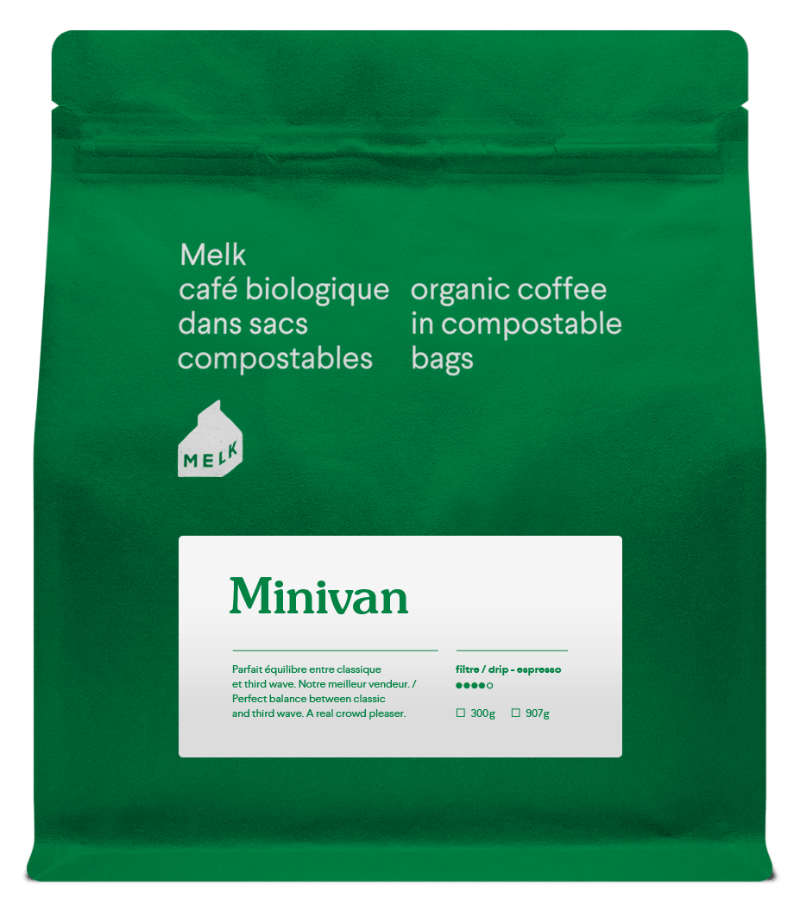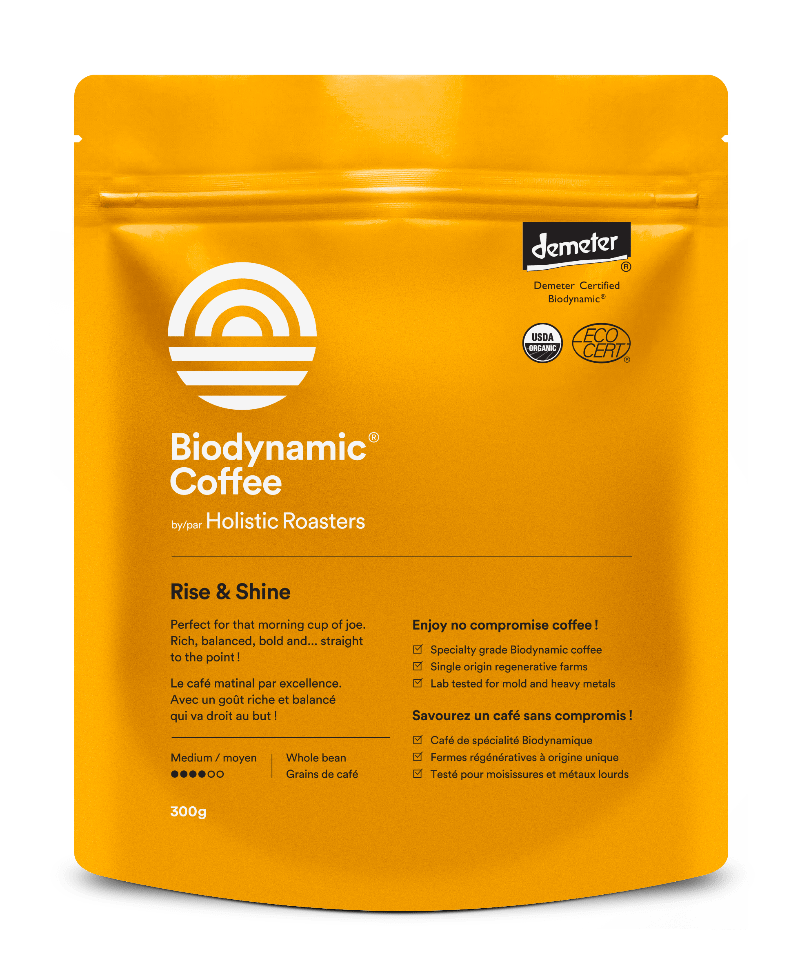Unlocking the Perfect Brew: The Ideal Rest Period for Specialty Coffee
Listen while you browse:
Google's Deep Dive Podcast on The Ideal Rest Period for Speciatly Coffee
The Quest for the Perfect Cup of Coffee
As passionate coffee enthusiasts, we're always in pursuit of that flawless cup—one that captivates our senses with its rich aroma, intricate flavors, and satisfying finish. We meticulously select premium beans, invest in quality brewing equipment, and fine-tune our brewing techniques. Yet, there's a subtle but crucial factor that often goes unnoticed in this quest: the rest period of coffee beans after roasting.

The Quick Scoop
Freshly roasted coffee beans need time to rest before brewing. This crucial resting period allows trapped CO2 to escape and flavors to develop fully. Most specialty coffees reach their peak flavor within 1-2 weeks after roasting but remain excellent for up to 10 weeks when stored properly. Patience truly transforms your coffee experience!
The Overlooked Step Affecting Flavor
Despite our best efforts, sometimes the coffee doesn't quite hit the mark. It might taste flat, sour, or lack depth, leaving us wondering what went wrong. The overlooked culprit is often an insufficient rest period after roasting. Freshly roasted beans undergo a natural process where trapped gases are released, known as degassing. Brewing coffee too soon after roasting interrupts this process, preventing water from fully extracting the flavorful compounds within the beans. The result is an underwhelming cup that doesn't reflect the coffee's true potential.
Coffee Flavor Development Over Time
The chart above illustrates how coffee flavor compounds develop over time after roasting. Notice how acidity initially dominates but gradually balances with sweetness as the beans rest, creating that perfect harmony we seek in a great cup of coffee.
Understanding the Degassing Process
Why Coffee Needs to Degas
During roasting, coffee beans undergo chemical reactions that create carbon dioxide gas. This gas becomes trapped within the cellular structure of the beans. When brewing coffee too soon after roasting, this excess gas creates resistance to water, preventing proper extraction and resulting in uneven flavor development.
Allowing beans to rest lets this gas escape gradually, creating the ideal environment for balanced extraction when you finally brew. Think of it as letting a fine wine breathe before drinking—it's about allowing the full character to express itself.
The Gas Release Timeline
Coffee releases approximately 40% of its gas in the first 24 hours after roasting, with most of the remaining gas being released over the following week. This release pattern varies based on roast level, bean density, and processing method.
Darker roasts typically degas more quickly than lighter roasts due to their more porous structure. Similarly, lower-grown beans with less density tend to release gases faster than dense, high-altitude beans. Understanding these patterns helps you determine the ideal rest period for your specific coffee.
How Degassing Affects Flavor
Brewing coffee during heavy degassing creates several flavor issues. The excess CO2 can:
- Create a "carbon" or "gassy" taste that masks subtle flavor notes
- Cause inconsistent extraction as gas bubbles disrupt water flow
- Produce excessive perceived acidity, especially in lighter roasts
- Prevent full development of sweetness and complexity
As degassing progresses, flavors integrate and balance, allowing the coffee's natural characteristics to shine through.
Visual Signs of Degassing
You can actually see degassing in action when brewing fresh coffee. Look for these signs:
- Excessive "bloom" or bubbling during pour-over brewing
- Uneven extraction patterns in espresso shots
- Unusual crema behavior in espresso (typically very thick but dissipates quickly)
- Irregular saturation of grounds during immersion brewing
These visual cues can help you assess whether your coffee has had sufficient rest time.

Embracing the Ideal Rest Period
To unlock the full spectrum of flavors in your specialty coffee, it's essential to allow the beans to rest and degas properly. The optimal rest period varies based on several factors:
| Coffee Type | Ideal Rest Period | Flavor Characteristics |
|---|---|---|
| Light Roasts | 7-14 days | Bright acidity mellows, floral and fruit notes develop complexity |
| Medium Roasts | 5-10 days | Balanced sweetness emerges, chocolate notes deepen |
| Dark Roasts | 3-7 days | Bitterness softens, caramel and spice notes integrate |
| Espresso Blends | 7-14 days | Crema stabilizes, extraction evens out, sweetness amplifies |
| Natural Process | 10-14 days | Fermented notes harmonize, fruity characteristics mature |
| High-Altitude Beans | 8-14 days | Dense structure opens up, revealing complex flavor layers |
Maximizing Freshness Through Proper Storage
Airtight Containers
Invest in containers with one-way valves that allow CO2 to escape without letting oxygen in. These specialized coffee containers protect flavor compounds while facilitating the natural degassing process.
Temperature Control
Store your coffee at room temperature (68-77°F or 20-25°C) in a cool, dark place. Avoid refrigeration, as the humidity can introduce moisture to the beans, and temperature fluctuations when removing them can cause condensation.
Light Protection
Keep beans away from direct light, especially sunlight. UV rays break down flavor compounds rapidly. Opaque or UV-protected containers are ideal for preserving coffee's delicate aromatic oils.
Coffee Freshness Timeline
The Transformative Power of Patience
In the art of coffee brewing, patience truly is a virtue. By acknowledging and embracing the ideal rest period for your specialty coffee, you unlock flavors and aromas that might otherwise remain hidden. This simple yet impactful step transforms your daily cup into an extraordinary experience, reflecting the full potential of the beans you've selected.
At Holistic Roasters, we're dedicated to every detail that enhances your coffee journey. We invite you to explore the benefits of proper resting and taste the remarkable difference it makes. Elevate your brewing ritual, and let each cup be a celebration of coffee at its finest.
Holistic Roaster's Approach to Freshness
We roast in small batches and date every package so you know exactly when your coffee was roasted. Our Biodynamic beans are handled with meticulous care and packaged in valve bags that allow for proper degassing while protecting flavor. For the optimal experience, we recommend enjoying our coffee within 60 days of the roast date printed on your bag.
Shop Biodynamic CoffeeBrew with passion. Savor with purpose.





